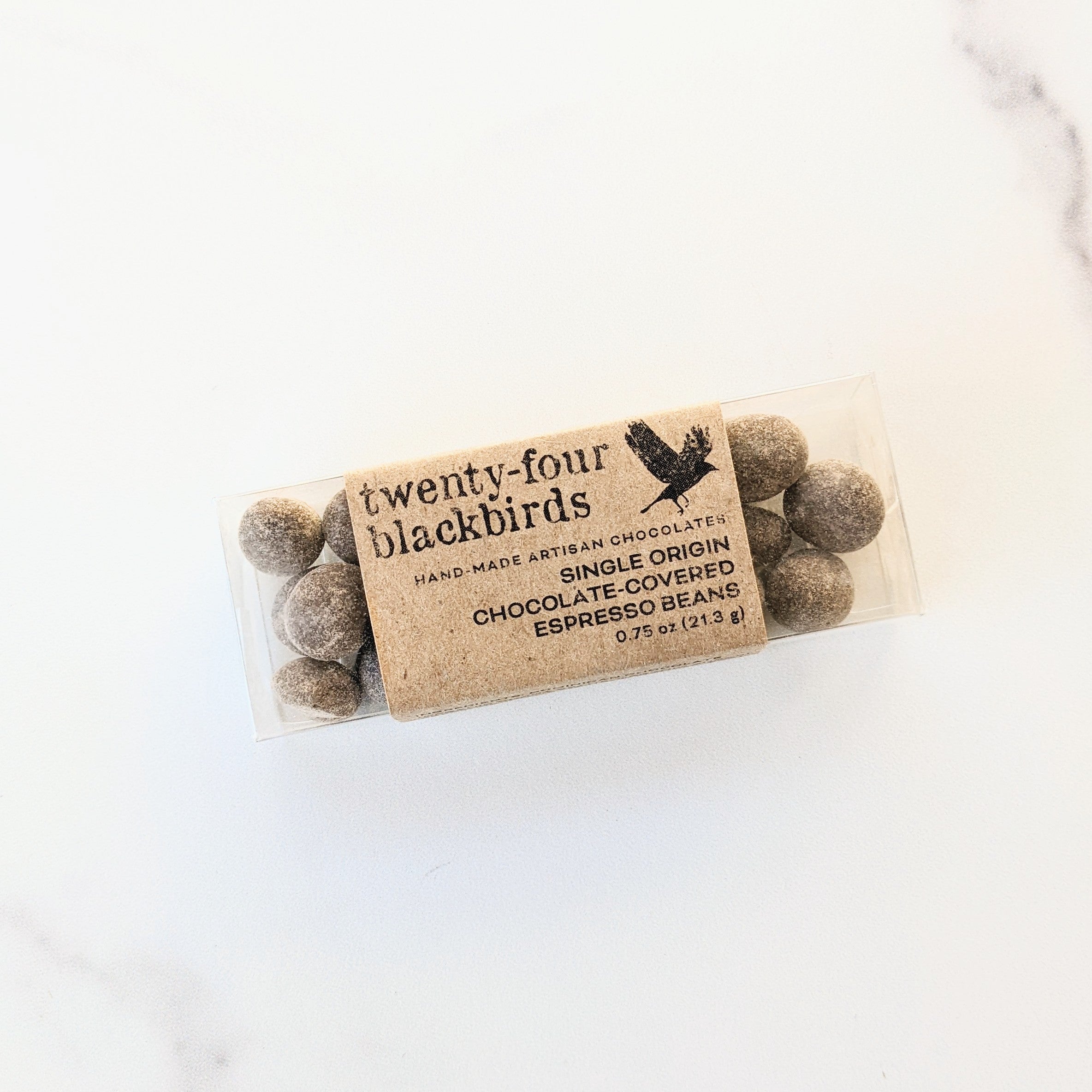Why Coffee Enthusiasts Prefer SOE Single Origin Espresso for Authenticity
Why Coffee Enthusiasts Prefer SOE Single Origin Espresso for Authenticity
Blog Article
Checking Out the Abundant Tastes of Coffee Beans: a Deep Study Coffee and Blended Coffee Beans
When you check out the abundant flavors of coffee beans, you uncover an intricate world where each variety brings its very own character to your mug. Comprehending the beginnings, processing methods, and toasting strategies can change your coffee experience. As you navigate via the art of coffee and the creative thinking behind mixed coffees, you'll start to appreciate the nuances that make each sip special. What you'll discover next may transform the method you appreciate your morning brew.
The Beginnings of Coffee Beans: Exploring Terroir and Flavor Profiles
When you take a sip of coffee, you're not simply taking pleasure in a beverage; you're experiencing a rich tapestry of flavors shaped by the beans' beginnings. Each region produces distinct taste profiles influenced by climate, dirt, and elevation. As an example, beans from Ethiopia typically rupture with intense, fruity notes, while those from Colombia tend to use a well balanced, nutty sweetness.
As you check out various beginnings, you'll notice exactly how terroir-- the environmental factors affecting a crop-- plays an essential function - Single Origin Espresso. The same coffee range can taste dramatically various relying on where it's expanded
When you take into consideration these variables, you start to value the intricacy behind your mug. Each sip tells a tale of the land and the farmers who nurtured the beans. Next time you delight, assume about the trip your coffee took before it reached your hands, and appreciate those intricate tastes that reflect its origin.
Comprehending Coffee: The Art and Scientific Research Behind the Brew
When you believe about espresso, it's not just concerning the strong flavor; it's likewise concerning the methods that bring it to life. Comprehending just how different prep work approaches effect preference can change your brewing experience. Allow's discover the intricacies of coffee preparation and uncover the one-of-a-kind taste profiles that make each mug unique.
Coffee Preparation Methods
Coffee preparation is both an art and a scientific research, integrating accurate techniques with a deep understanding of coffee. To begin, you'll desire to choose premium, fresh roasted beans and grind them finely for ideal extraction (Single Origin Espresso). The work size is important; as well coarse, and your coffee will be weak, also great, and it'll be bitter
Following, tamp the premises evenly in the portafilter to assure uniform removal. When you secure it into the maker, purpose for a developing temperature level between 190 ° F and 205 °
F.As you draw the shot, look for the excellent removal time-- around 25-30 seconds. The result needs to be a rich, creamy espresso with an attractive layer of crema ahead. With practice, you'll master these techniques.
Taste Accounts Clarified
The world of espresso offers an abundant tapestry of taste profiles that can raise your coffee experience. Light roasts commonly display bright acidity and vibrant tastes, while dark roasts present much deeper, bolder tones.
Recognizing these accounts aids you pick the best espresso for your taste buds. Trying out with various blends can disclose shocking combinations. A well-crafted mix might harmonize the intense notes of an Ethiopian bean with the rich, chocolatey undertones of a Brazilian bean. Embrace the journey of finding espresso's varied flavors, and you'll transform your coffee routine right into an amazing experience.
Processing Techniques: How They Impact Flavor and Scent
While it could seem that the beginning of coffee beans is the most substantial consider identifying their flavor and aroma, the handling approaches made use of post-harvest play a just as important duty. You'll discover that these approaches can considerably change the final taste account of your cup.
As an example, the washed process gets rid of the fruit from the beans prior to fermentation, commonly bring about a cleaner, brighter taste. At the same time, the all-natural process leaves the fruit intact during drying out, causing a sweeter, fruitier profile.
Other approaches, like honey processing, strike an equilibrium, allowing some fruit mucilage to remain, offering a distinct complexity.
Each handling strategy engages with the beans' inherent qualities, boosting or silencing certain tastes and scents. When you drink that espresso or blended coffee, bear in mind that the trip from cherry to mug is influenced not just by beginning however also by just how those beans were refined.
Roasting Techniques: Unlocking the Full Potential of Coffee Beans
Roasting methods are necessary for disclosing the full potential of coffee beans, as they change raw, eco-friendly beans into the fragrant, savory coffee you appreciate. The choice of roasting method-- light, medium, or dark-- substantially influences taste profiles.
A slower roast at lower temperature levels allows for complicated flavors to create, while a quicker roast can intensify bitterness. By understanding these methods, you'll expose a globe of taste, elevating your coffee experience to new elevations.
The Magic of Blended Coffee: Developing Special Taste Experiences
Developing an one-of-a-kind flavor experience with combined coffee can transform your morning routine right into an expedition of preference. By combining different beans from numerous regions, you can disclose a harmony of flavors that elevate your cup to new elevations. Each blend deals a distinct profile, balancing sweet taste, body, and acidity to produce something absolutely special.
When you pick a blend, you're not just selecting a coffee; you're selecting a trip across varied landscapes and societies. Exploring with different mixes enables you to uncover your personal faves, whether you delight in fruity notes or abundant, chocolatey undertones.

Sampling Notes: Identifying the Subtleties in Your Cup
As you drink your coffee, you could discover a spectrum of tastes dancing on your palate, each disclosing the intricacies of the beans. You might taste the bright acidity reminiscent of citrus or the deep, rich notes similar to dark delicious chocolate. The sweetness might evoke honey or sugar, balancing the total profile beautifully.
Take notice of the body of the coffee-- does it feel light and ventilated, or is it full and luscious? The coating, too, supplies hints; a remaining aftertaste might hint at nuttiness or floral touches.

Don't fail to remember to explore the unique features of different beginnings, as each area gives distinct tastes - Single Origin Espresso. Ethiopian coffees often present fruity notes, while Colombian beans could showcase a more spherical sweet taste. By recognizing these nuances, you'll strengthen your gratitude for each and every cup, boosting your coffee experience to new elevations

Brewing Methods: Making Best Use Of Taste Extraction for each Bean
When you discover the various developing methods, you'll find that each strategy can substantially impact the taste account of your coffee. From French press to pour-over, each approach extracts different compounds, boosting or muting certain notes. Using a French press allows oils to remain in the mixture, developing a richer preference, while pour-over emphasizes quality and brightness.
Temperature level and grind dimension likewise play necessary duties. A coarser work works best for cool brews, while a fine work is ideal for espresso. Try out water temperature level-- between 195 ° F and 205 ° F-- can reveal covert tastes, SOE as well.
Don't fail to remember concerning steeping time; a quick extraction can lead to sour notes, while over-extraction might produce resentment. By adjusting these variables, you can maximize taste removal and truly elevate your coffee experience. Take pleasure in the trip of finding what technique finest matches your palate!
Frequently Asked Questions
What Is the Perfect Water Temperature for Developing Coffee?
The suitable water temperature for developing coffee's in between 195 ° F and 205 ° F. If you make use of water that's too warm, you'll over-extract tastes; too cool, and you will not extract sufficient. Go for that wonderful place for the ideal brew!
Just How Does Work Size Impact Coffee Flavor?
Grind dimension significantly impacts coffee flavor. Better grinds extract a lot more flavors and oils, leading to a bolder taste, while coarser grinds yield a lighter taste. Adjusting grind dimension helps you achieve your preferred coffee profile.
Are There Wellness Perks Associated With Alcohol Consumption Coffee?

What Is the Distinction Between Arabica and Robusta Beans?
Arabica beans are smoother and sweeter, typically featuring fruity tastes, while robusta beans are more powerful with a bitter preference and higher caffeine material. You'll see these differences in scent and brewing experience.
Just How Can I Store Coffee Beans for Freshness?
To save coffee beans for quality, keep them in a closed container, far from warmth, moisture, and light. If you just grind what you need right prior to brewing., you'll maintain their taste much longer.
Checking Out the Rich Tastes of Coffee Beans: a Deep Dive Into Coffee and Blended Coffee Beans.
When you explore the rich flavors of coffee beans, you discover an intricate globe where each range brings its very own personality to your mug.When you take a sip of coffee, you're not just appreciating a drink; you're experiencing an abundant tapestry of tastes formed by the beans' beginnings.Roasting strategies are essential for revealing the complete possibility of coffee beans, as they change raw, environment-friendly beans right into the aromatic, tasty coffee you delight in.As you drink your coffee, you may notice a spectrum of tastes dancing on your taste, each exposing the ins and outs of the beans.
Report this page